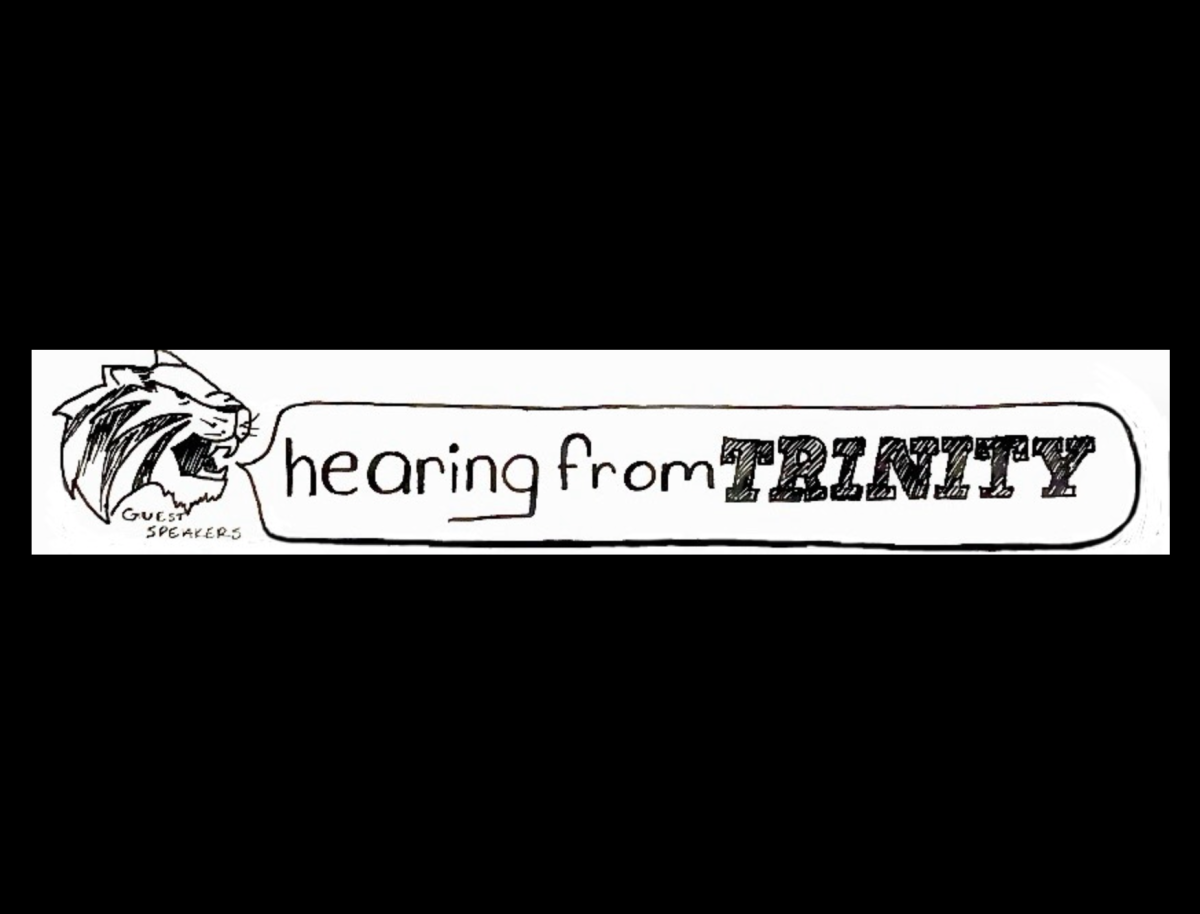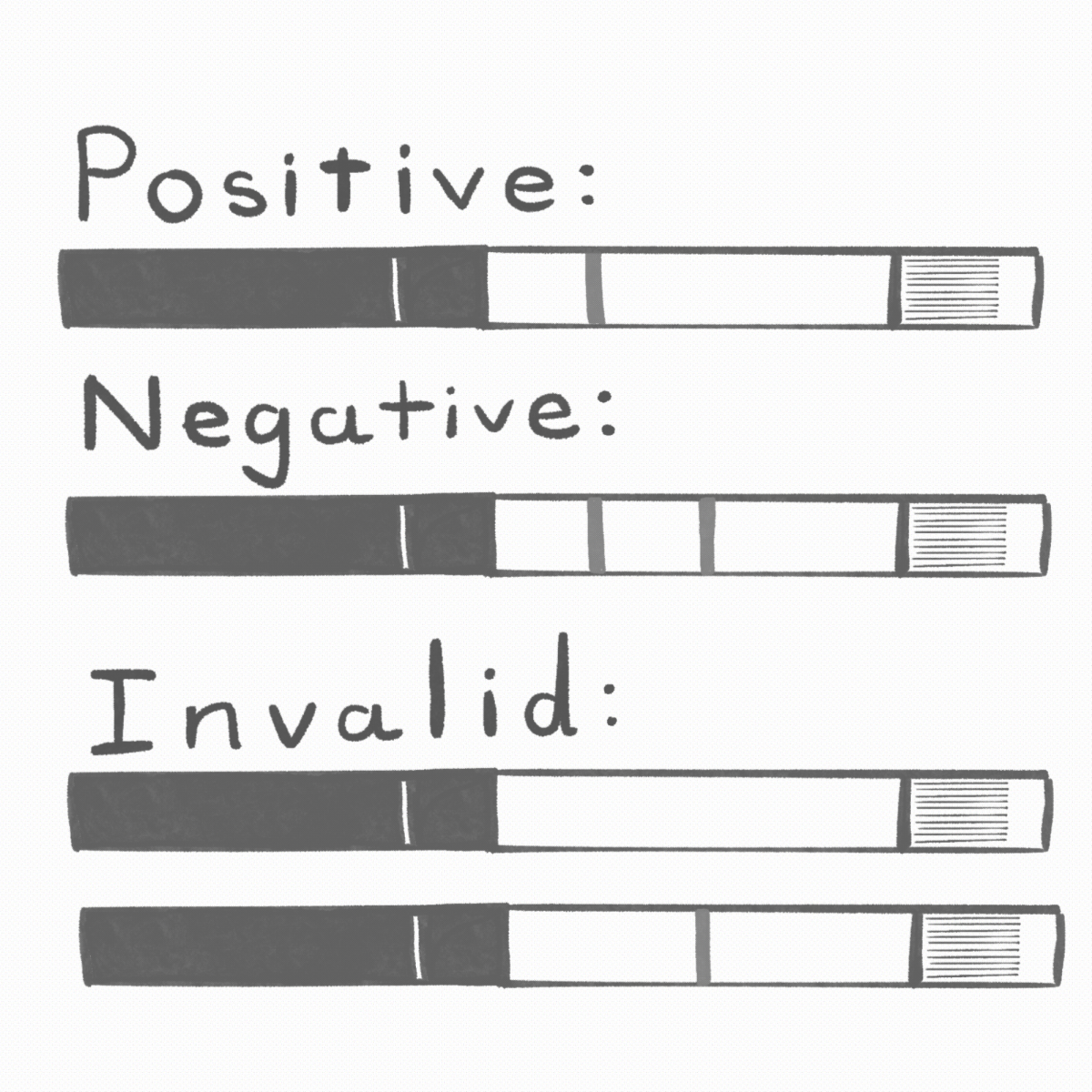A year ago I took a break from perusing Facebook and decided to hang out with The New York Times. I went through a wormhole of editorials and opinion pieces, advertisements and politics. When it was time for me to move on to the next article a little box popped up on my screen saying that I had exceeded the limit of articles. Apparently, The New York Times had put a restriction online regarding the amount of free articles that could be read per month. I refreshed the page, clicked on a few other links, but nothing bore fruit. I was stuck in Internet limbo. It was a dismal situation. Then I Googled the dilemma.
The search unearthed a subscription fee where The New York Times website allowed ten articles per month to be read for free, but any other articles exceeding the limit required an account for access. I was just surprised to see it firsthand: I was restricted from what I wanted. The Internet, for the most part, is free. And much of what is published online is free. Access to blogs, Facebook, Twitter, Pinterest, all of the social networking sites, are pro bono. But The New York Times had a bouncer in the form of PayPal who wouldn’t let me in if I wasn’t on the list. I did not like the feeling of rejection. I’m not invited? I can’t tag along?
The subscription fee pays for the writers’ salaries and covers the cost of producing the content. It’s not new either; I just happened to run into it late in the game. Lots of newspapers are pushing for digital presence. The New York Times wants to continue their business in the midst of buckling newspapers that can’t stay afloat. This all makes perfect sense. I just feel that they could be losing readers by placing a fee on their newspaper. It costs me nothing to watch Miley Cyrus twerk on YouTube but I have to dole out the small bucks to have a scoop of non-biased news? Now I’m tempted to go elsewhere for the information The New York Times provides. I was definitely deterred from using the website for more than a month, (when the restriction would be lifted) because I didn’t want to be turned away again. If the newspaper is meant to be read, and learned from, it shouldn’t be restricted. I understand that this is not the best business plan. This isn’t about the amount they’re charging; it’s that fact that they are charging for online access at all.
I know that subscription fees aren’t the end of the world. Plenty of editorials have them. However, just having a subscription fee for online purposes makes obtaining information harder for the general public, which is the main demographic. But what about those who can’t afford it””who happen upon the website by accident and are turned away after a few clicks too many?





